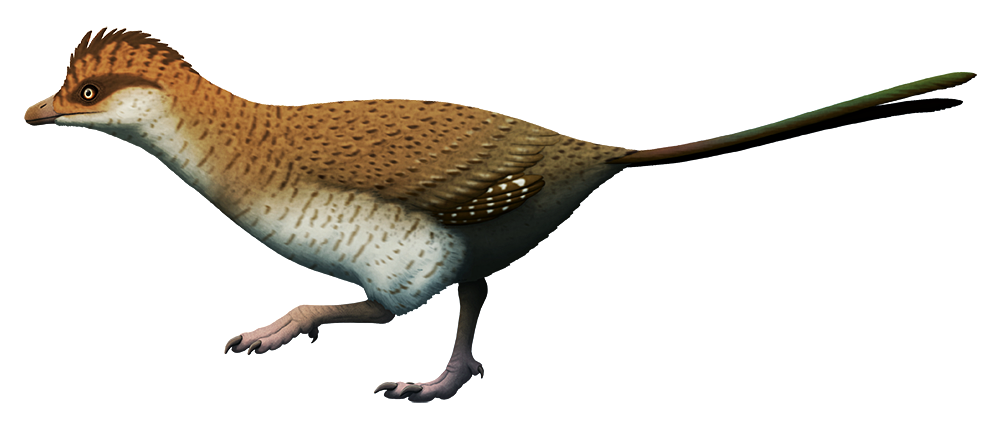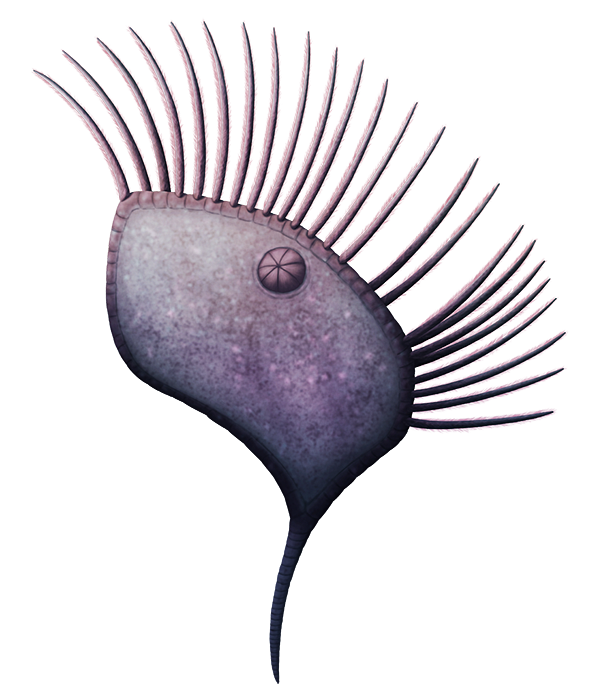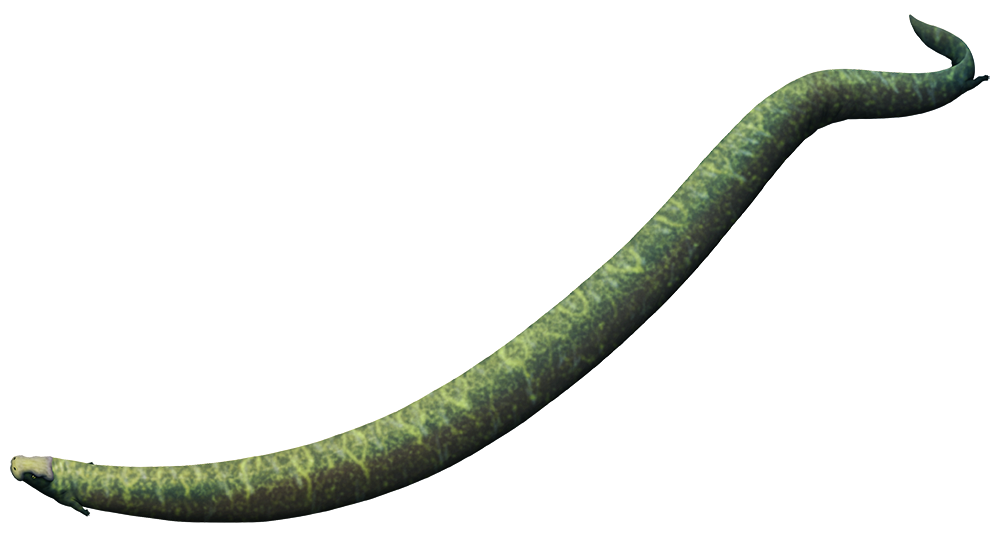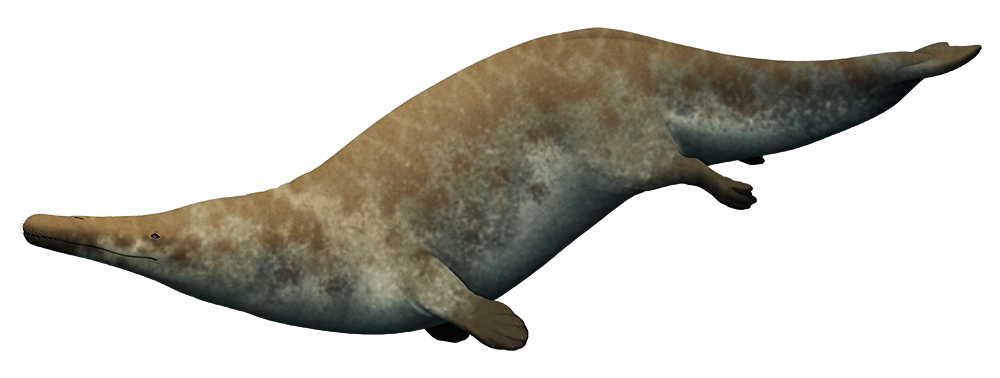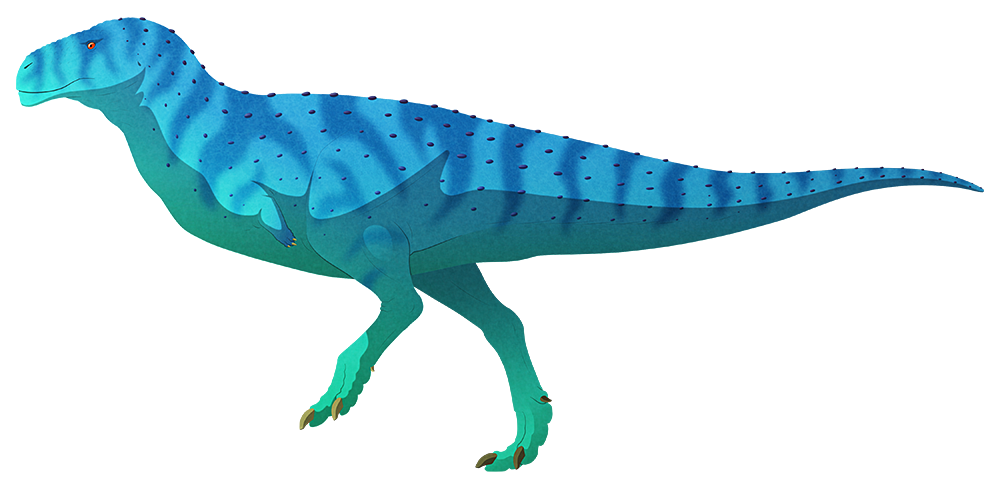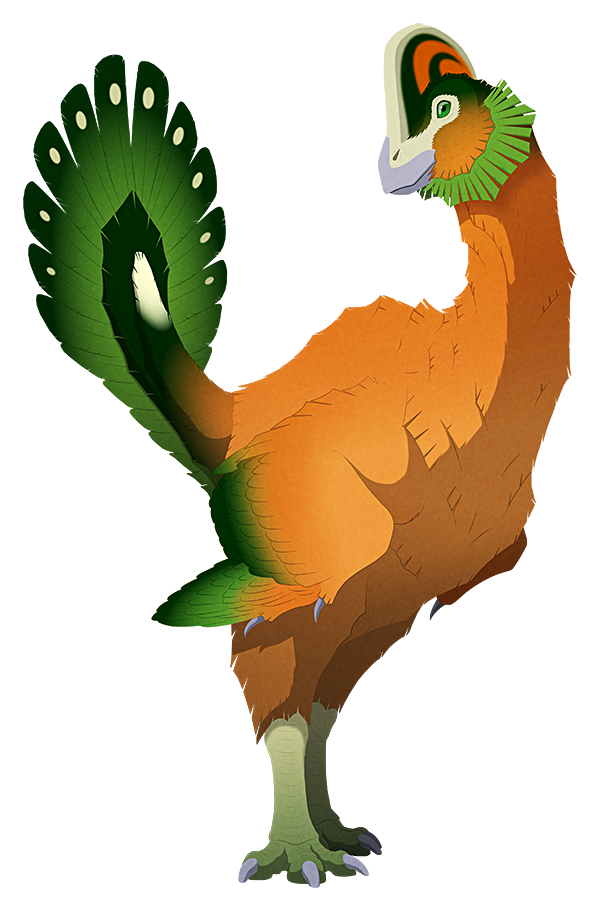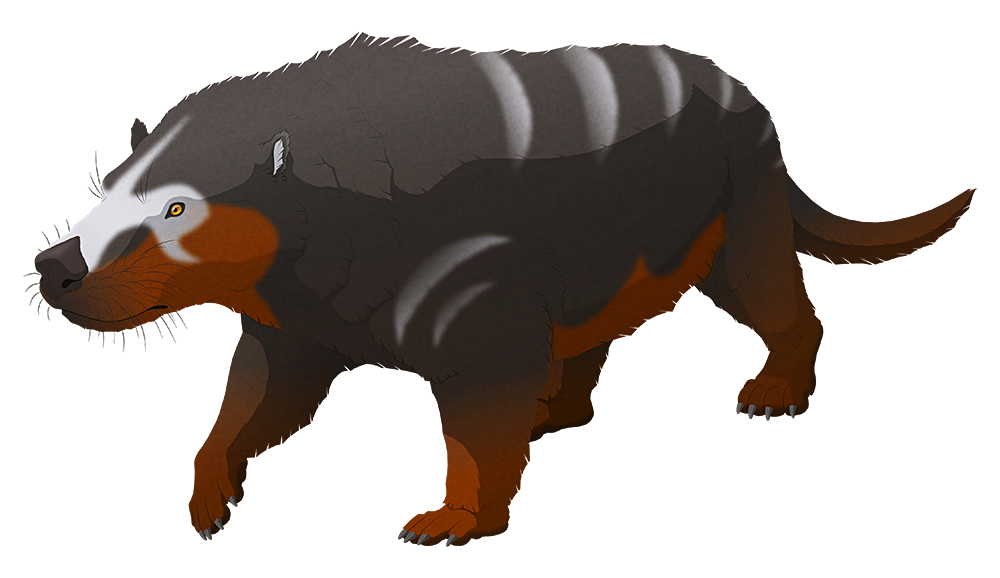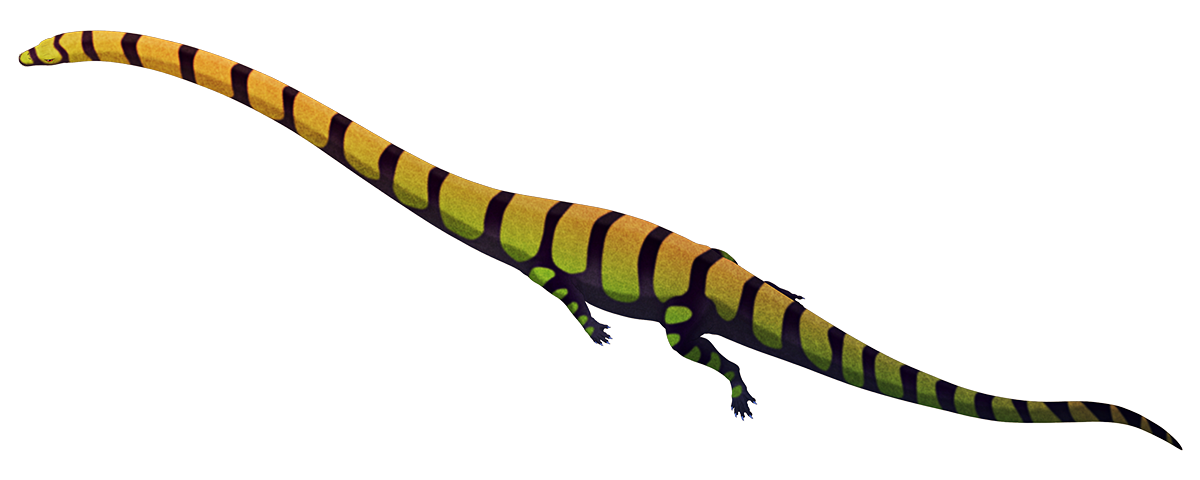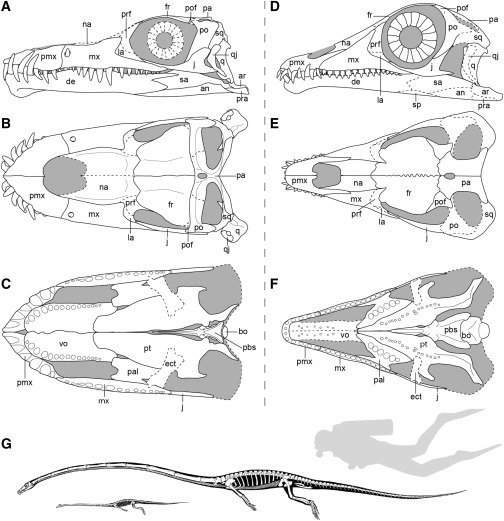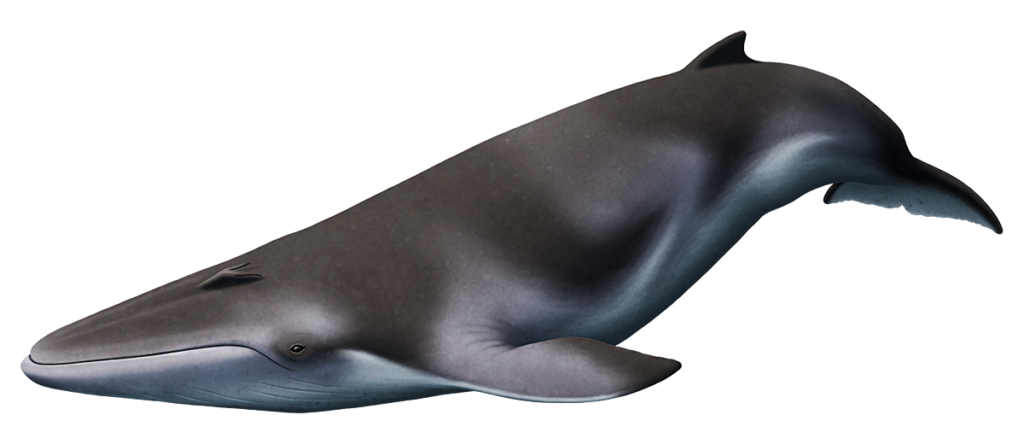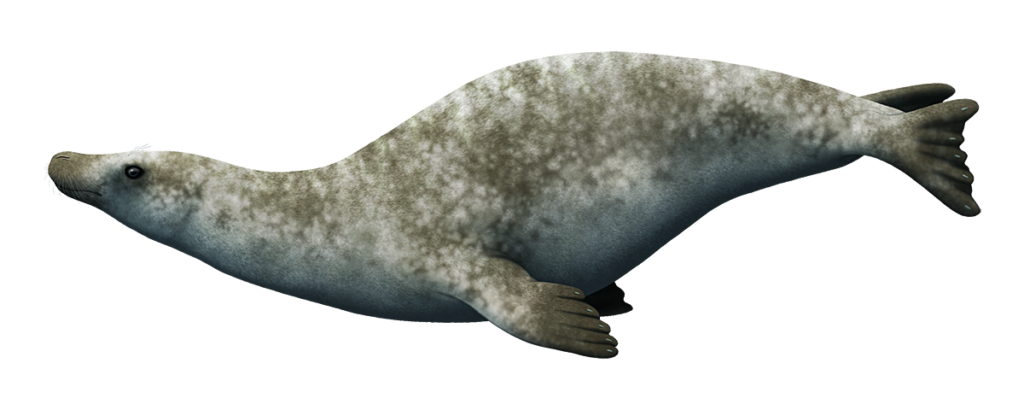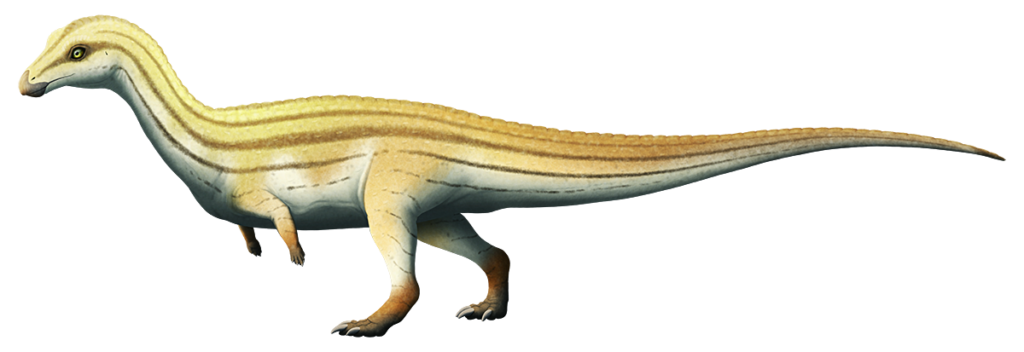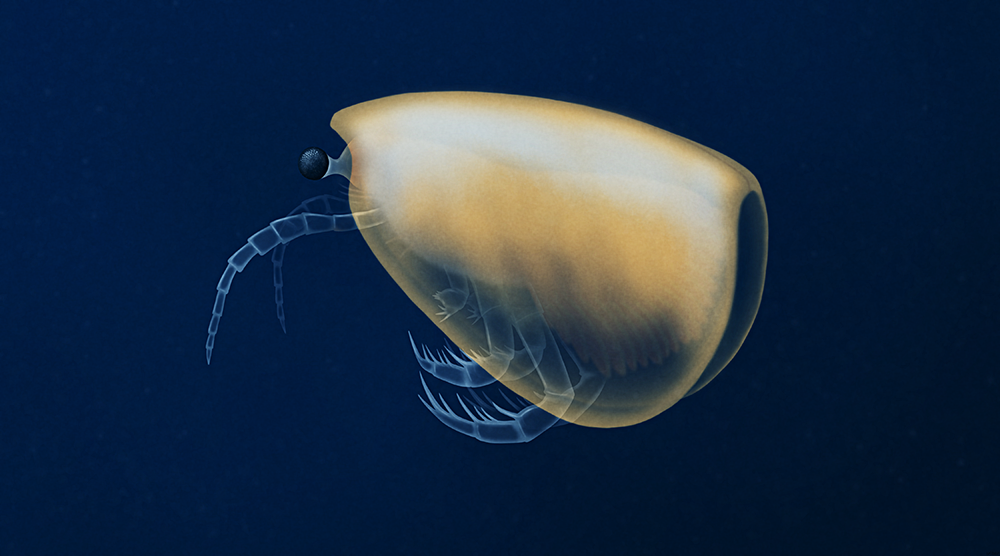The enantiornitheans (“opposite-birds”) were the most diverse and widespread group of Mesozoic birds, existing all around the world throughout the Cretaceous period. They retained claws on their wings and had toothy snouts instead of beaks, and while most of them lacked the lift-generating tail fans of modern birds they appear to have still been very adept fliers.
But Elsornis keni here was doing something different.
Known from the Late Cretaceous of Mongolia, about 80 million years ago, this opposite-bird lived alongside famous dinosaurs like Velociraptor and Protoceratops in what is now the Gobi Desert. Only a single partial specimen has ever been found, so its full life appearance is unknown and this reconstruction is somewhat speculative, but it would have been around the size of a pigeon at 25cm long (10″) – not including any decorative tail feathers it may have had, similar to other enantiornitheans.
It wing and shoulder bones were very odd for an opposite-bird, with proportions that don’t match anything capable of competent flight. Instead Elsornis appears to have been a flightless enantiornithean, a representative of a previously unknown terrestrial lineage.

